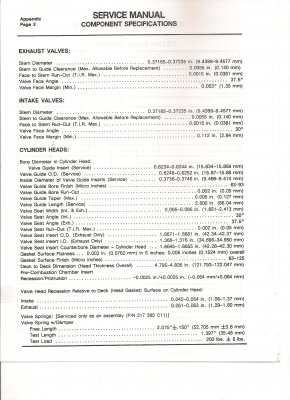pulling it today and its 20 degrees outside... thankfully all these bolts are nice and easy to crack

. We're also living in this truck... thankfully it has a wood burning stove in it...
Gary, can you give me the minimum clearance? Hoping to have the heads at the machinist Monday so we can get them back before thanksgiving. They magnafluxed fine before the scratch, so I’m hoping it's not so deep and they only really have to skim the surface.
I thought they pull the precups out, grind the heads, recess the holes for the precups the same amount they ground the heads, and then put the precups back in?
Any and all information is good... as the machinist does not have much IDI experience. If it's crucial to use a machinist with experience we can take the head to Portland Engine Rebuilders... But that means a lot of driving in another old and limping IDI ( '82 isuzu P'up).
Never done this before (and if i ever do it again.. any scratch on the head is being machined out) so i really appreciate all the help.


 . We're also living in this truck... thankfully it has a wood burning stove in it...
. We're also living in this truck... thankfully it has a wood burning stove in it...